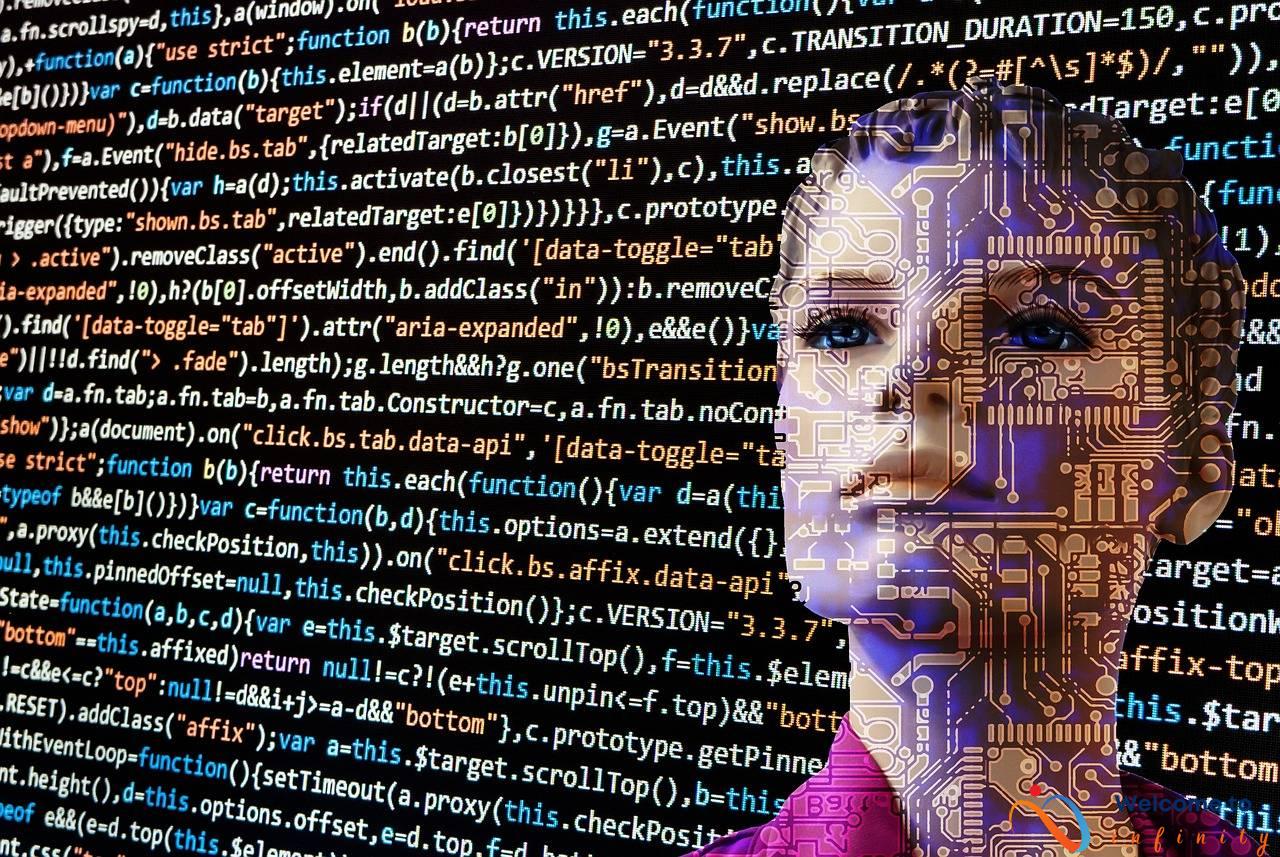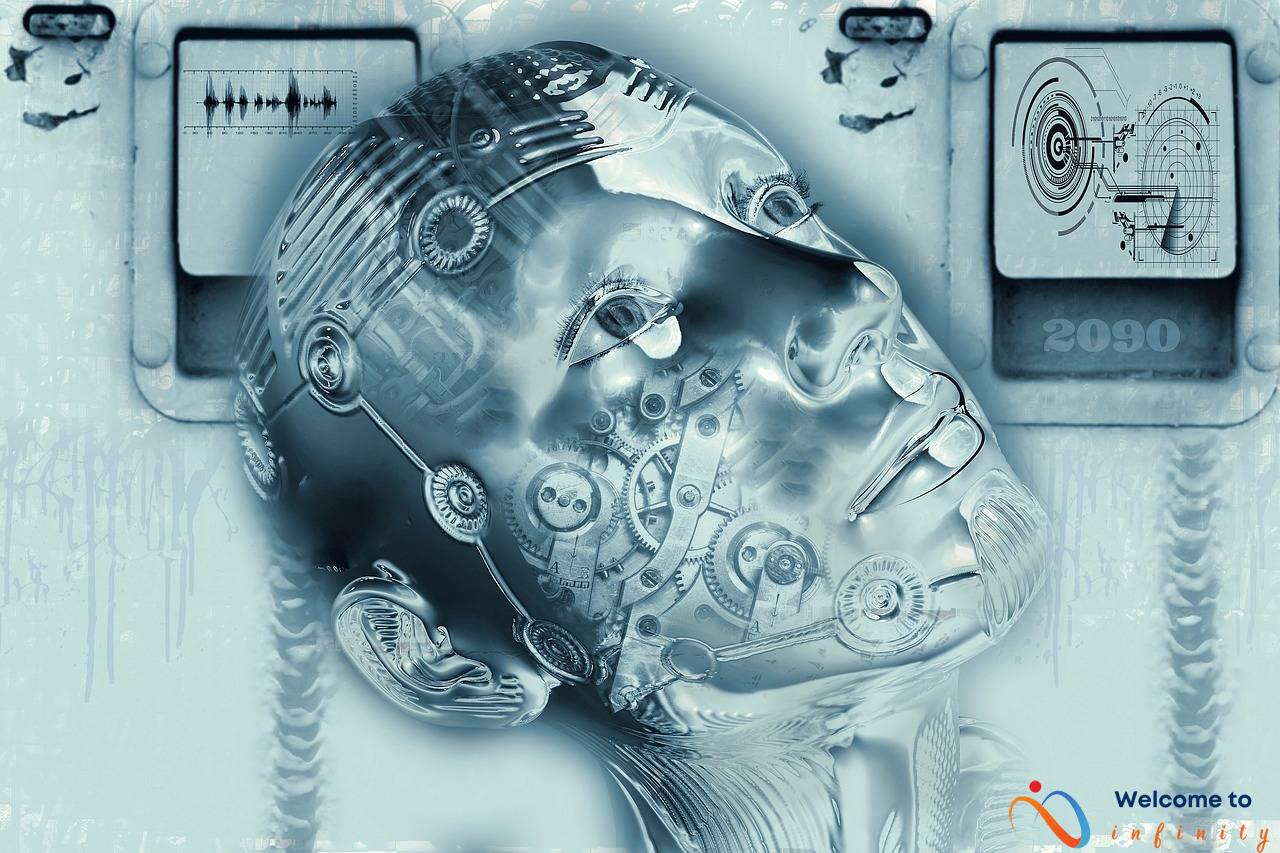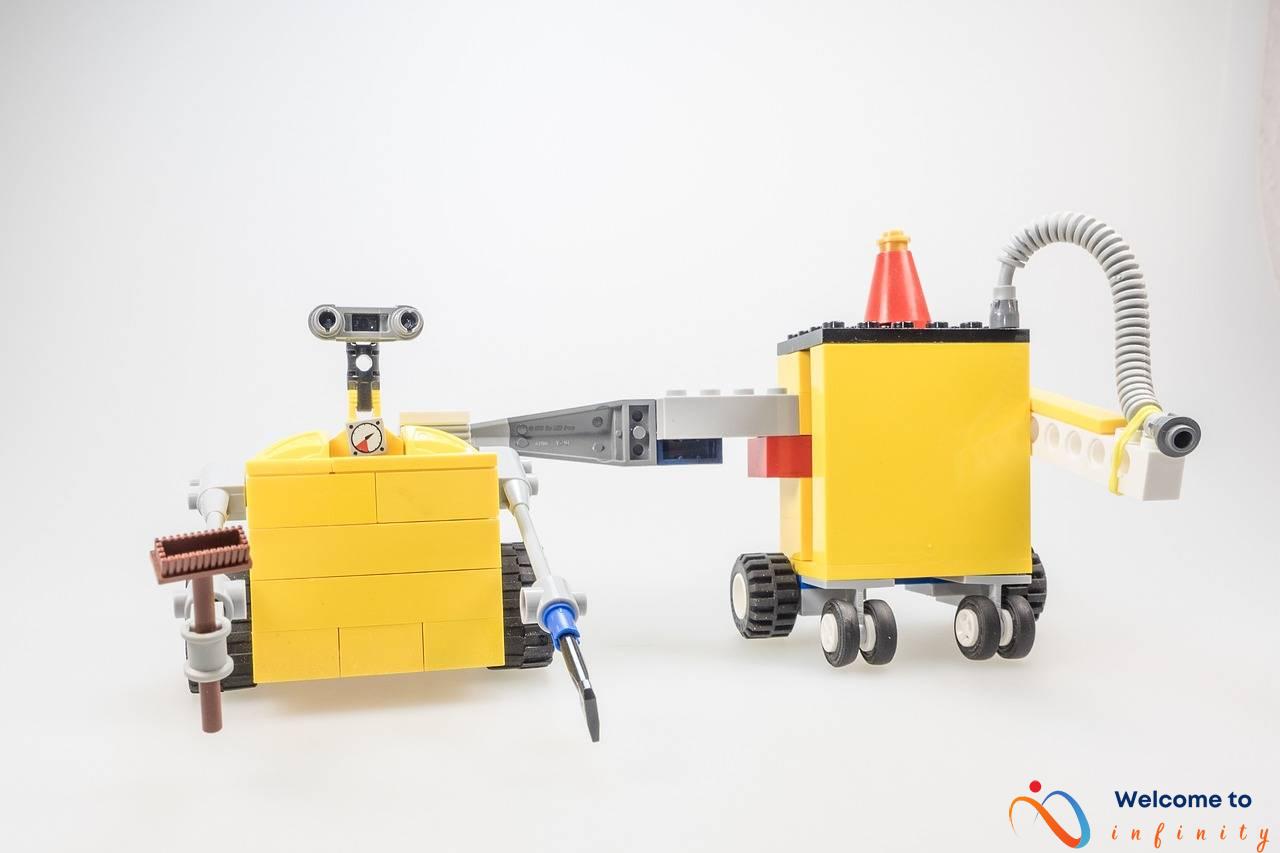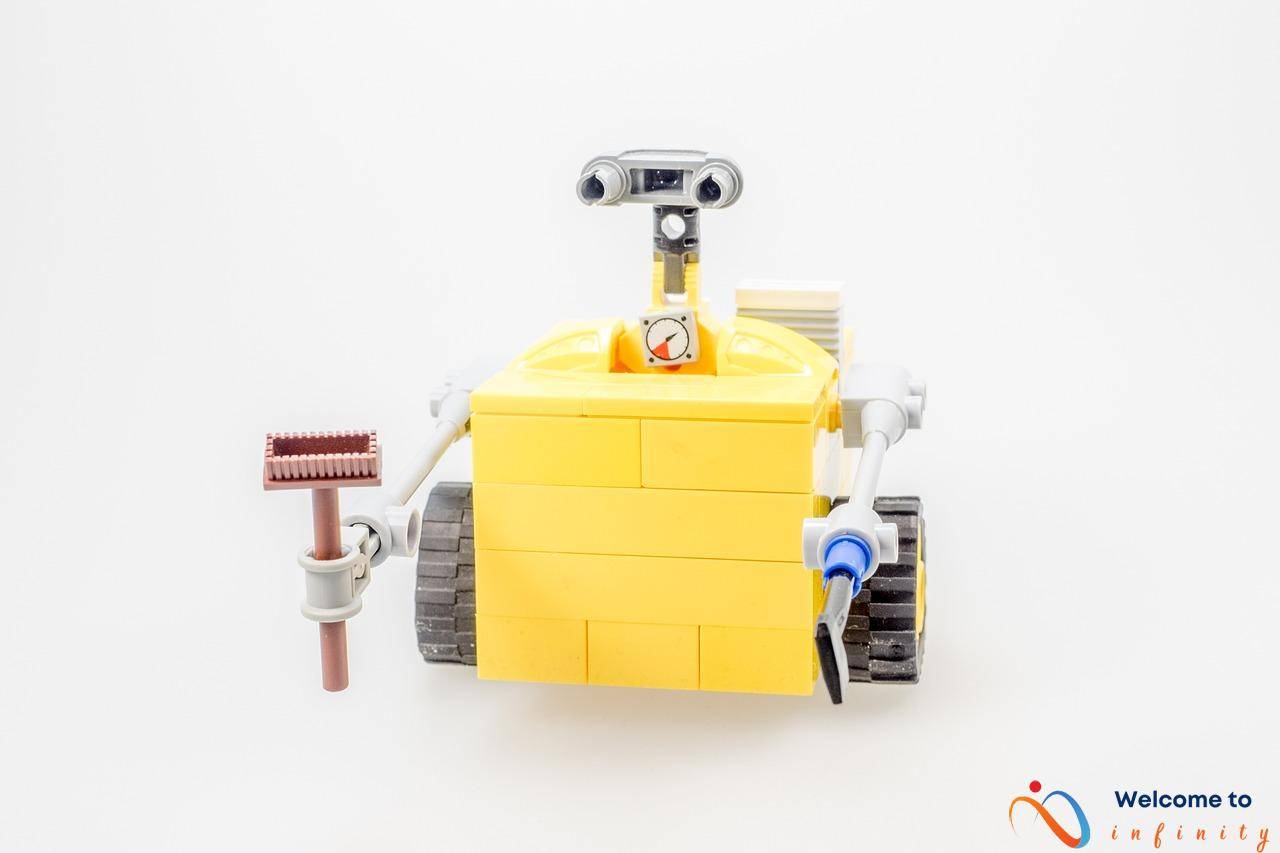Coreference resolution plays a crucial role in natural language processing (NLP). It is a process of identifying all the pronouns present in a text and linking them with the correct noun they represent. This task may seem simple, but it is quite challenging due to ambiguity and references that span over multiple sentences. Failure to perform coreference resolution accurately can lead to confusion and misunderstanding, making it an essential task in NLP.
To perform coreference resolution, it is crucial to understand the context in which the pronoun is used. Different types of pronouns such as personal, possessive, demonstrative, and reflexive pronouns make the task even more complicated. Therefore, precise techniques are required to accomplish this task while maintaining accuracy.
In this article, we will explore the various techniques used to perform coreference resolution. These techniques include rule-based approaches, supervised machine learning, and unsupervised learning. Moreover, we will also look into the challenges that come with coreference resolution. These challenges include ambiguity, co-reference chains, and long-distance dependencies, making the task even more complex.
In the next section, we will explore supervised machine learning algorithms for coreference resolution. These algorithms use labeled training data to learn relationships between pronouns and their antecedents. Decision trees, support vector machines, and neural networks are some of the popular algorithms used for supervised machine learning in coreference resolution.
On the other hand, unsupervised learning algorithms such as clustering and topic modeling do not require labeled training data and can find patterns and relationships in the data. They are also used in coreference resolution to identify relationships between pronouns and their references.
In conclusion, coreference resolution is an essential task in NLP. It involves identifying all the pronouns present in a text and correctly linking them with their references. Several techniques are available to perform coreference resolution, but it is still a challenging task due to the complexity of the language. In the future, researchers will strive to improve accuracy in coreference resolution, especially in challenging cases.
Nature of Coreference Resolution
Coreference resolution is a challenging task that involves identifying the context in which a pronoun is used and linking it to the correct noun. The correct identification of the noun is vital in avoiding confusion and potential misunderstandings. The various types of pronouns that need to be identified and resolved include personal, possessive, demonstrative, and reflexive pronouns.
Personal pronouns such as ‘he', ‘she', ‘it', and ‘they' are commonly used in texts. Possessive pronouns like ‘my', ‘yours', and ‘theirs' can be used to replace a noun in a sentence. Demonstrative pronouns such as ‘this', ‘that', ‘these', and ‘those' are used to point out specific things or people, while reflexive pronouns like ‘myself', ‘yourself', and ‘themselves' are used when the subject and the object of a sentence are the same.
The nature of coreference resolution requires an understanding of the context in which the pronouns are used, including the surrounding words and sentences. One of the challenges that this task often presents is resolving the ambiguity that arises when a single pronoun could refer to multiple nouns. As a result, various algorithms are used to identify and resolve these various types of pronouns.
Machine Learning Techniques for Coreference Resolution
Coreference resolution, being a complex task, often requires Machine Learning (ML) techniques to improve accuracy. Three main ML techniques used to perform coreference resolution includes a rule-based approach, supervised ML, and unsupervised ML. Each approach has its advantages and disadvantages, which make them applicable in different situations.
Rule-based approaches to coreference resolution work well when domain-specific rules can be defined and when data is clean and consistent. This approach is generally faster than the other two approaches. However, it requires domain knowledge and hand-crafting of rules, which makes it less generalizable to other domains.
Supervised ML algorithms, on the other hand, use labeled training data to learn the relationship between pronouns and antecedents. Decision trees, support vector machines, and neural networks are some popular supervised learning algorithms for coreference resolution. They perform well when there is enough labeled training data available. However, they require the creation of a feature set and laborious labeling of the training data, which can be expensive and time-consuming.
Unsupervised ML algorithms are used to learn patterns and relationships within data without the need for labeled data. Clustering and topic modeling are some unsupervised learning approaches used in coreference resolution. Unsupervised learning performs well when there is no labeled data available. However, the results of unsupervised learning may be difficult to interpret and can lead to decreased overall accuracy.
Each ML technique has its benefits and limitations. Researchers often combine several ML techniques to improve coreference resolution accuracy. The type of ML technique used depends on the complexity of the task, the availability of labeled training data, and the expected outcome.
Supervised Machine Learning for Coreference Resolution
Supervised machine learning is commonly used in coreference resolution to learn the relationships and patterns between pronouns and their antecedents. This approach requires labeled training data that is used to train a model to identify the correct antecedent for a given pronoun. The model is then used to make predictions on new data.
Some popular supervised machine learning algorithms for coreference resolution include decision trees, support vector machines, and neural networks. Decision trees rely on a series of binary decisions to predict the antecedent for a pronoun. Support vector machines are used to classify pronouns based on their features and the features of their candidate antecedents. Neural networks work similarly to decision trees by using a series of hidden layers to make predictions.
The use of supervised machine learning for coreference resolution has its advantages and disadvantages. The main advantage of using this approach is its accuracy in identifying antecedents in complex sentences, making it a reliable tool for NLP tasks. However, its success is highly dependent on the quality and quantity of labeled training data.
Unsupervised Learning for Coreference Resolution
Unsupervised learning approaches for coreference resolution do not require labeled training data and are used to find patterns and relationships in the given text. These techniques analyze the text to automatically identify the noun phrases and the pronouns related to them. Clustering, in general, is a technique used for unsupervised learning which groups similar things together, and this is the case for clustering-based methods in coreference resolution. The algorithm identifies clusters of noun phrases and then attempts to relate pronouns to these clusters. Coreference resolution can also use topic modeling techniques that try to identify the semantic makeup of the given text and, based on that identification, link pronouns and antecedents. Topic models assume that there are a few underlying or latent topics and that each sentence in the text belongs to one or more of these topics. By evaluating the words present in the sentences, topic modeling can determine which sentences deal with similar topics. This allows related pronouns to be linked to their antecedents more easily, even when they are not explicitly stated in the text.
Overall, unsupervised learning is an essential tool in coreference resolution and can be useful when labeled training data is not available. These approaches help find patterns and relationships in the text, making it easier for machines to understand the context of the sentence. However, these techniques have their limitations and are not always capable of achieving the level of accuracy that supervised approaches can offer.
Challenges in Coreference Resolution
Coreference resolution is a challenging task that requires a deep understanding of the context in which the pronoun is used. One of the major challenges in coreference resolution is ambiguity, where a pronoun can refer to multiple antecedents.
Another challenge is resolving co-reference chains, which can span several sentences. This requires identifying the previous mention of an entity and linking it to the current mention. Moreover, long-distance dependencies pose a challenge in coreference resolution since they require examining the entire document to identify the correct antecedent.
To tackle these challenges, NLP researchers have developed various techniques, including machine learning algorithms and rule-based approaches. Some notable techniques include supervised and unsupervised learning, decision trees, support vector machines, and neural networks.
In supervised learning, algorithms use labeled training data to learn the relationships between pronouns and their antecedents, while unsupervised learning algorithms identify underlying patterns and relationships in the data. However, despite the advances in machine learning, coreference resolution remains a challenging task, particularly in cases of implicit references or incomplete antecedents.
To address these challenges, researchers are working on developing new techniques that can handle long-distance dependencies, ambiguous references, and other complexities of language. Moreover, the future of coreference resolution is likely to focus on enhancing the accuracy of coreference resolution in challenging cases and developing techniques that can handle implicit references.
Future of Coreference Resolution
Coreference resolution is a challenging and important task in NLP. As technology continues to improve, we can expect to see more accurate and efficient techniques for resolving ambiguous pronouns in text. Future developments are likely to focus on enhancing the accuracy of coreference resolution in challenging cases, such as resolving co-reference chains that span multiple sentences.
One area of future research in coreference resolution will be developing techniques that can handle implicit references. Implicit references are more difficult to identify because they are not explicitly stated in the text. Additionally, as the use of natural language processing continues to grow, we can also expect to see more sophisticated models and algorithms for coreference resolution that incorporate deep learning and other advanced techniques.
Another possibility for the future of coreference resolution is the development of cross-lingual and cross-domain models. The ability to accurately resolve coreference across different languages and domains would be a significant breakthrough in the field of NLP and could have important implications for areas such as machine translation and sentiment analysis.
In conclusion, the future of coreference resolution is bright, with many exciting developments on the horizon. As technology continues to progress, we can expect to see more accurate and efficient techniques for resolving ambiguous pronouns in text, as well as the ability to handle implicit references and to resolve coreference across different languages and domains.










